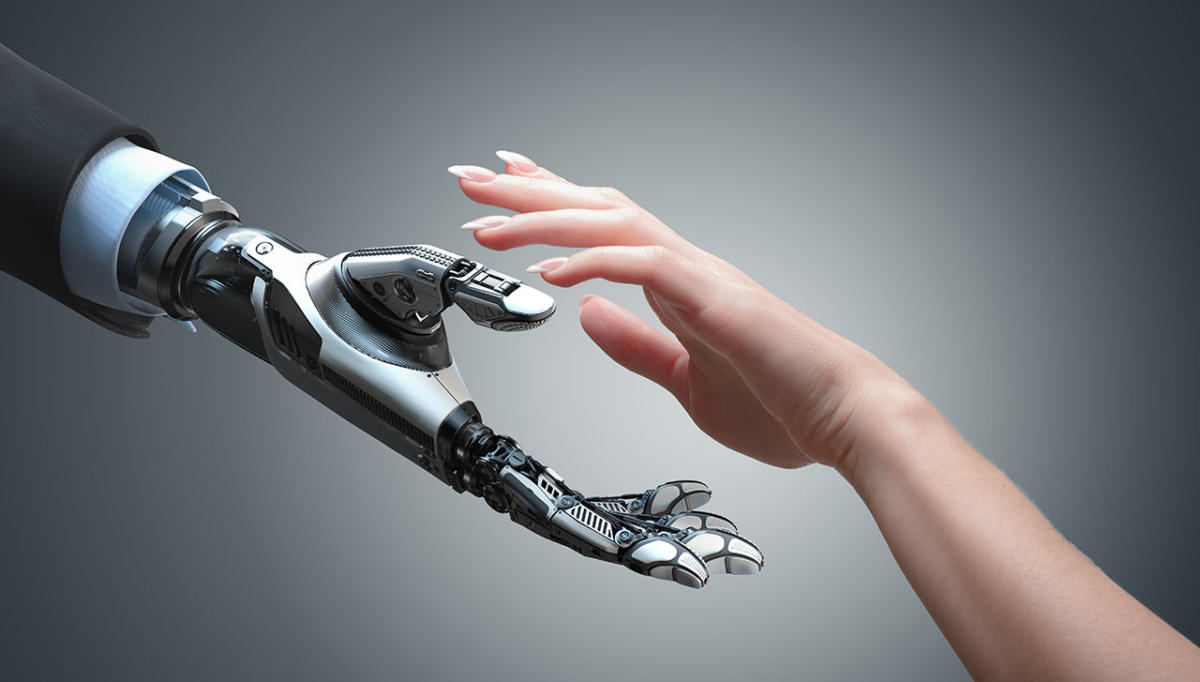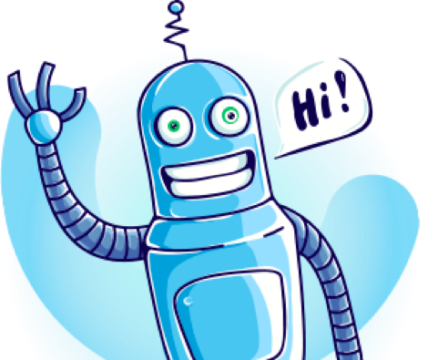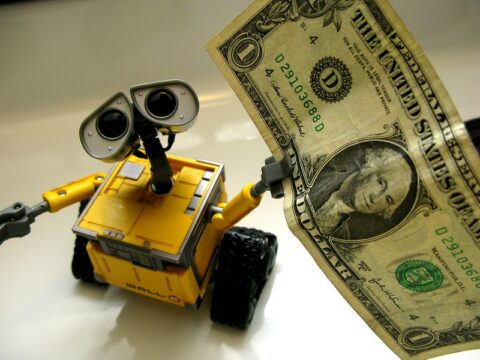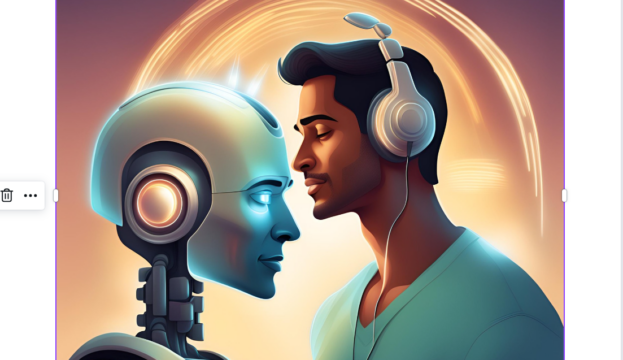Among the many emerging trends that the pandemic has sent into hyper-drive, Artificial Intelligence (AI), is probably one of the most talked about. And rightly so.
It was way back in 2018 that Chief Economist, John Hawksworth of PwC said that AI and robots could create as many jobs as they displace. In 2019, ZipRecruiter reported that ‘AI had created three times as many jobs as it destroyed in 2018’. Forward to 2020 and AI is helping offices and factories reopen safely.
Read more: Post Lockdown Workplace: Symphony SummitAI’s Enabler Suite is Helping Offices Reopen Safely
The leading use of AI applications is in handling data and restructuring existing resources to build future strategies. In the IT sector, AI applications are the next buzz. It’s no wonder that most software companies are exclusively working to reshape their workplace with AI.
To find out how the post-Covid workplace is using AI to cope with new realities, The Tech Panda spoke to Vikram Pawar, Co-Founder and CEO of TechChefs, a Bangalore-based IT startup which is a leading software and product engineering company delivering world-class solutions to a global clientele.

Vikram Pawar
Apart from the social distancing norms, contactless working, focus on improving staff efficiency and productivity, and improving workplace collaboration, workplaces will witness a large-scale adoption of AI and ML
Pawar says that the COVID-19 pandemic has accelerated the pace of adoption of new technologies like AI, along with Cloud computing, and Machine Learning (ML), especially in the workplace.
“As workplaces, more so manufacturing units which have a higher concentration of workforce, recommence their operations, safety and security of employees assume significant prominence. Apart from the social distancing norms, contactless working, focus on improving staff efficiency and productivity, and improving workplace collaboration, workplaces will witness a large-scale adoption of AI and ML,” he says.
Pawar brings a wealth of experience not only in the technical space, but also as an angel entrepreneur. He helps understand how workplaces will leverage emerging tech like AI, while grappling with Covid’s realities.
How Will AI Improve Employee Experience and Productivity?
The focus of organisations right now is the safety and security of employees returning to workplaces. In this scenario, AI is the go-to technology for automating inventory management like PPE kits across shop floors and locations, employee health screening, and maintaining their health records.
Meetings and conference applications powered by Cloud and AI are enabling seamless and real-time discussions and conferences
Pawar informs that tools or dashboards powered by AI with a multitude of options for cross sections of stakeholders of an enterprise are being developed for the benefit of organisations for automating safety management, automating inventory management, automated alerts to vendors for office sanitization, to name a few.
It’s also allowing smooth assimilation of new trends like remote working.
“The new normal of working from home is a classic example of how AI is enabling this seamlessly. Virtual meetings and conferences have become the order of the day and are here to stay for the foreseeable future. Meetings and conference applications powered by Cloud and AI are enabling seamless and real-time discussions and conferences,” he says.
How Can Industries and Employees Prepare for the Advent of AI?
As always, the adoption and embracing of new technologies comes with some scepticism. Fortunately, Pawar says, there is growing awareness of technologies like AI, ML, and robotics, especially post-Covid.
“The silver lining to the dark cloud is the growing acceptance of these new technologies. Employees should learn to appreciate the fact that new technologies like AI and ML are only going to make things easier,” he says.
The silver lining to the dark cloud is the growing acceptance of these new technologies. Employees should learn to appreciate the fact that new technologies like AI and ML are only going to make things easier
HR leaders in all organisations have been playing a key role in keeping the workforce engaged, productive, and resilient. Organisation leadership will also be setting examples through their behaviour and thinking.
“Organisational leaders and HR have a significant role to play in instilling confidence among employees about these new technologies and how they will make things easier at the workplace. Their role is to assure employees that these new technologies are not a replacement but an aid,” he explains.
Read more: Hybrid Intelligence: ‘Humans Can Never Get Out of the AI Equation’
“Emerging technologies and AI will modify the role of the manager and will allow employees to extend their degree of responsibility. AI is now liable for improving worker experience, developing worker skills, and building organisational capability in the responsible use of AI,” he adds.
AI and Humans Together
Together AI and humans are tackling some of the most formidable problems. E-commerce, customer service, hospitality, aviation, education, and HR are some of the sectors that are using AI to a large extent. Education, healthcare, and WFH are some of the visible sectors witnessing the adoption of AI on a large scale.
“AI is being used to track the people who were stranded because of the pandemic, so that they have access to shelter and food. It is being used extensively to develop drugs and vaccines to combat COVID-19,” says Pawar.
Emerging technologies and AI will modify the role of the manager and will allow employees to extend their degree of responsibility. AI is now liable for improving worker experience, developing worker skills, and building organisational capability in the responsible use of AI
At the workplace, AI helps to improve employee productivity. A recent International Data Corporation survey of more than 2,000 IT and line-of-business decision makers confirms that adoption of AI is being driven by improved customer experience, greater employee efficiency, and accelerated innovation.
If it was ever significant for workplaces to prepare for an AI revolution, Covid has heightened that significance manifold. It’s pushing workplaces in the adoption of AI from ‘can we do it?’ to ‘how do we do it?’.”












